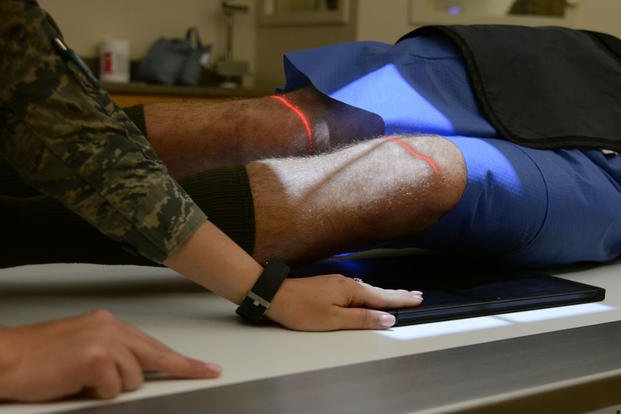Far from any battlefield, North Texas scientists are testing a familiar nutrient they hope can help regrow soldiers’ damaged muscles.
At the University of Texas at Arlington, professor of graduate nursing Zui Pan and her colleagues are studying whether a zinc-infused gel can spur injured muscle to regenerate after a blast. Such traumatic injuries most often occur in war, terrorist attacks and serious accidents when an explosive force sends a powerful pressure wave through the body, tearing muscle and other tissues.
The project is part of the University of Texas System’s Trauma Research and Combat Casualty Care Collaborative, which launched in 2022 to fund trauma research and innovation. In October, the initiative announced it had awarded $18 million to universities and medical centers across the public university system.
The power of zinc
Trauma injuries are the leading cause of death and permanent disability in children and adults younger than 44, according to the University of Texas Health Science Center San Antonio. Though initial damage from a blast is irreversible, it may be possible to prevent some of the secondary injury to muscle and other tissues that happens when blood flow is cut off with a tourniquet or bandage and then suddenly restored, Pan said in a news release.
That’s where zinc, a metal and essential micronutrient, comes in. In the human body, zinc plays a critical role in supporting the immune system and healing wounds. In a 150-pound person, roughly two to three grams of body weight is zinc, and only about 0.1% of that is replenished each day through diet, according to some estimates. Unlike iron, zinc isn’t stored in the body. About 60% of it is found in skeletal muscle and 30% in bone.
Studies in rats have found that, when zinc levels are low, muscle growth is stunted. Other research has suggested minerals such as zinc may help prevent or treat sarcopenia, or age-related loss of muscle mass and strength, among people with cirrhosis or late-stage liver disease. Zinc may also help with muscle atrophy in people with diabetes, at least based on animal studies.
But too much zinc is toxic and can cause damage, Pan said in the news release. This toxicity can result whether zinc is taken orally or placed on the skin.
“Our long-term goal is to identify a safe and convenient way to apply zinc directly to muscle tissue,” Pan said of her team’s research. That way, they aim to protect skeletal muscle from further injury and promote regeneration.
Jump-starting muscle regrowth
The researchers are looking into a zinc-infused gel called gelatin methacryloyl as an option to jump-start muscle regrowth. The gel is not approved by the U.S. Food and Drug Administration as a medical product for muscle regeneration, but it is generally considered safe to use, according to some studies. It is also among the many soft, Jell-O-like substances known as hydrogels that scientists use to support cells as they grow and repair tissue.
Although the UT Arlington study is aimed at battlefield wounds, the same kinds of blast and crush forces can affect people in car accidents, people suffering sports injuries or people injured in natural disasters such as earthquakes. The research, therefore, could one day benefit those affected by traumatic injuries outside the military as well.
Miriam Fauzia is a science reporting fellow at The Dallas Morning News. Her fellowship is supported by the University of Texas at Dallas. The News makes all editorial decisions.
©2025 The Dallas Morning News. Visit dallasnews.com. Distributed by Tribune Content Agency, LLC.












